By Christopher Miskimon
The U.S. Army’s summer campaign of 1944 proved hard-fought, but successful. The Normandy landing succeeded in establishing a lodgment in mainland Europe. The GIs broke out of Normandy and sent the German army reeling backwards in retreat. They liberated Paris on August 25 and kept pushing east. The landings in Southern France pushed up the Rhône Valley toward Germany as well, making the Third Reich’s position in France increasingly untenable. Soon the Allies were on the frontiers of Germany, fighting in Aachen and from the low countries to the Swiss border. Some believed the war might be over by Christmas at the rate the Germans were being routed.
The German recovery dashed those hopes and prolonged the war. Their army managed to regroup and stabilize their lines. They put up stiff resistance at Aachen. The Allied supply lines became too stretched, especially the vital flow of gasoline a modern, mechanized force needed to stay in the field. There was a shortage of infantry replacements for the casualties suffered so far. Finally, the autumn weather changed, bringing rain, cold and mud. Soon winter set in, one of the worst winters in years. Rain changed to snow and the allies realized the war would not end by Christmas.
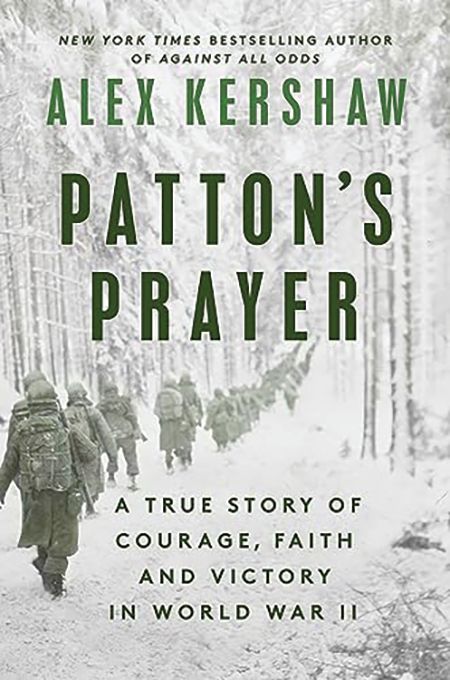 Meanwhile, German leader Adolf Hitler enacted his plan to split the Western Allies and change the course of the war. The German offensive during the Battle of the Bulge threatened to inflict a serious defeat if not dealt a heavy response. The Allies were capable of dealing such a blow—if not for the weather, which grounded the air force and slowed road travel to a crawl. General George Patton’s Third Army was placed to pivot from its eastward advance and attack north into the German flank, dealing it a fatal blow. If only the weather cooperated.
Meanwhile, German leader Adolf Hitler enacted his plan to split the Western Allies and change the course of the war. The German offensive during the Battle of the Bulge threatened to inflict a serious defeat if not dealt a heavy response. The Allies were capable of dealing such a blow—if not for the weather, which grounded the air force and slowed road travel to a crawl. General George Patton’s Third Army was placed to pivot from its eastward advance and attack north into the German flank, dealing it a fatal blow. If only the weather cooperated.
By modern standards Patton was a bit odd. A devout Christian, he was also mercurial, profane, and a believer in reincarnation. In a moment when much depended on something he could not control, Patton asked his chaplain, James H. O’Neill, to create a prayer for good weather. O’Neill dutifully complied, writing “Almighty and most merciful Father, we humbly beseech Thee, of Thy great goodness, to restrain these immoderate rains with which we have had to contend. Grant us fair weather for Battle. Graciously hearken to us as soldiers who call upon Thee that, armed with Thy power, we may advance from victory to victory and crush the oppression and wickedness of our enemies, and establish Thy justice among men and nations. Amen.”
Patton had this prayer printed, along with his signature, on 250,000 prayer cards and distributed to the men of his army. Instructions to pray when they could accompanied the tiny cards. Paradoxically, Patton, a man who has become the practical symbol of aggressive action, had to bend his knee and ask for help in a moment of need. Ultimately, this prayer seemed to be answered as the weather cleared long enough to allow Third Army to make its bold change of direction and smash in the German southern flank, ending any hope they had of achieving their objective.
This story of Americans at war in the winter of 1944 is well told in Patton’s Prayer: A True Story of Courage, Faith and Victory in World War II (Alex Kershaw, Dutton Press, New York NY, 2024, 348 pp., maps, photographs, notes, bibliography, index, $32, HC). The prayer provides a connection to the hundreds of thousands of soldiers struggling in the winter weather to achieve victory over Germany’s last offensive in the West. Their story is told in this book through the experiences of paratroopers, tank crews and the odd general or staff officer.
The author is an established writer on the history of the war with 10 works to his credit. This latest book continues in the traditions of his previous volumes with gritty realism, descriptive prose and a focus on the human experience in the world’s largest conflict. The author excels at taking the disparate stories of different soldiers serving during the Battle of the Bulge and weaving them together into a coherent, readable and page-turning narrative. There are thousands of books on the Ardennes campaign available to the reader; what makes this one worthy is its unending focus on the personalities who made victory possible, from Patton himself to the private shivering in a muddy ditch, a rifle clutched in his hands.

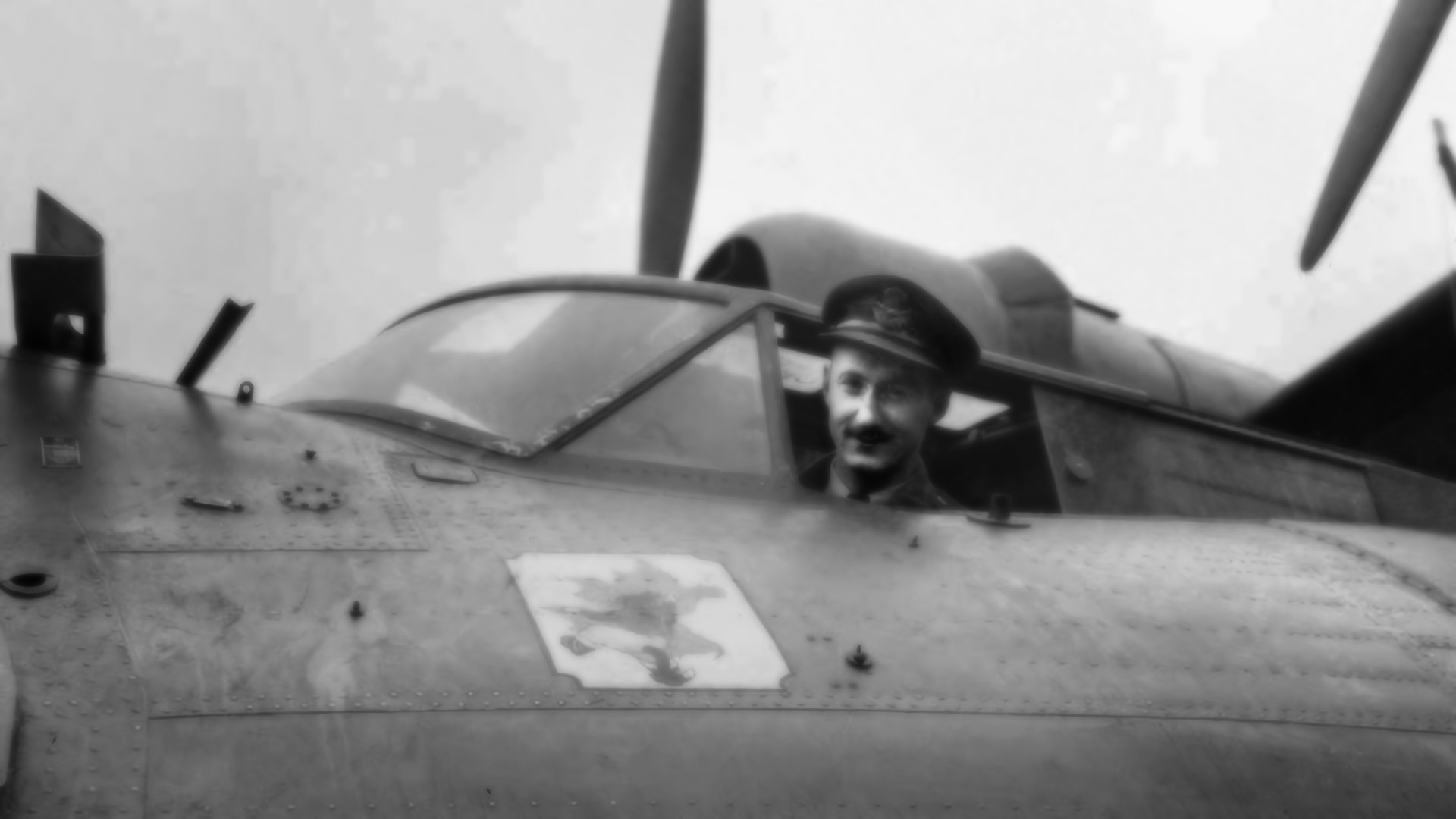
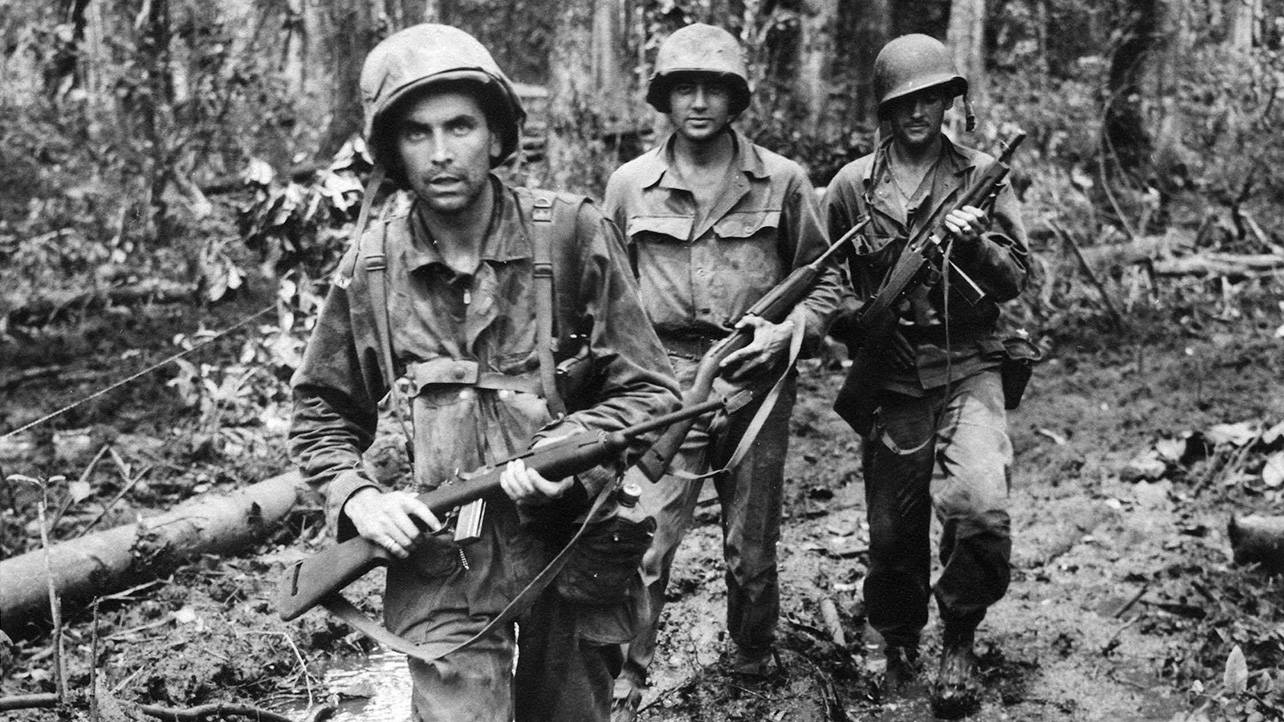
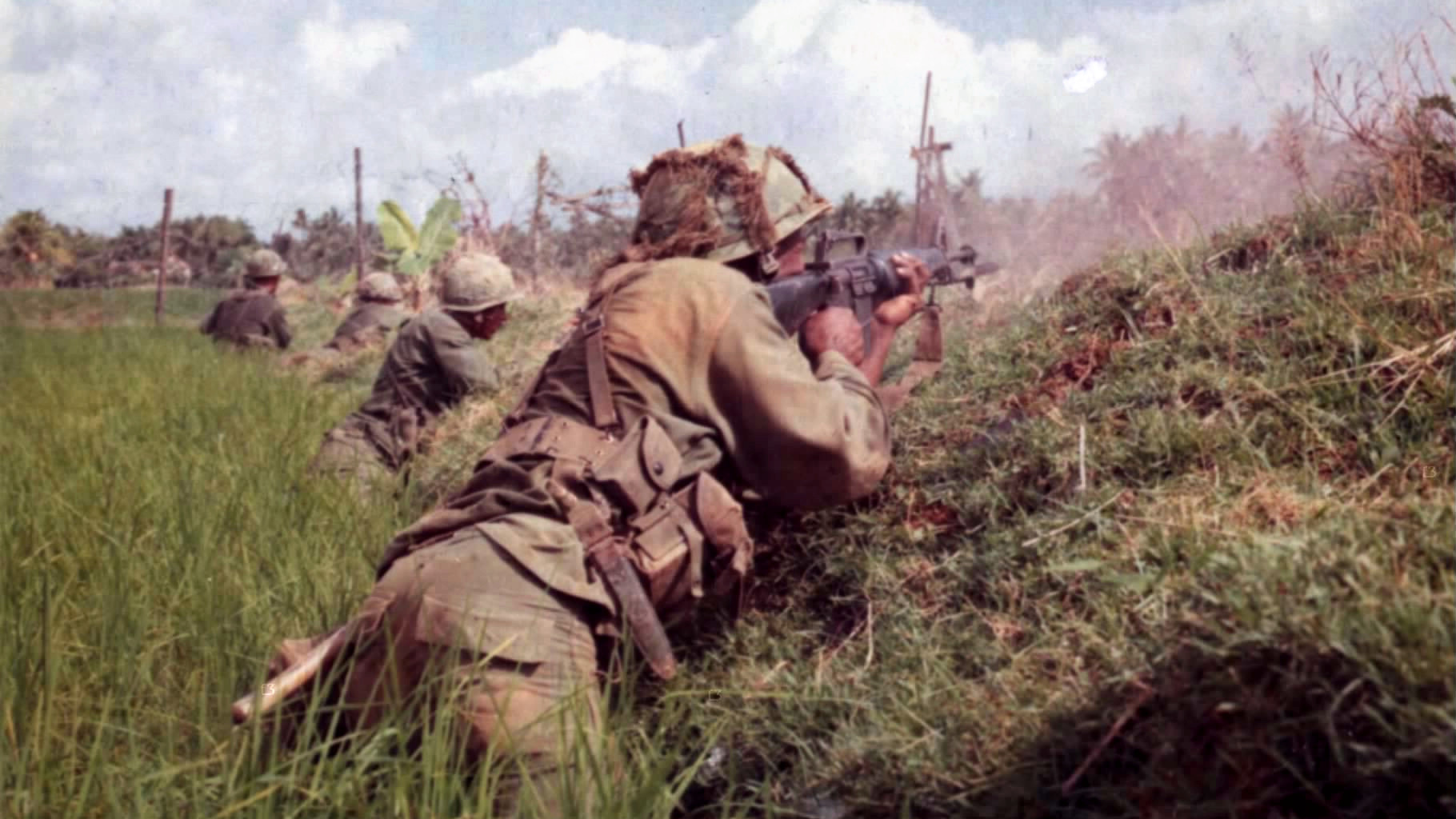
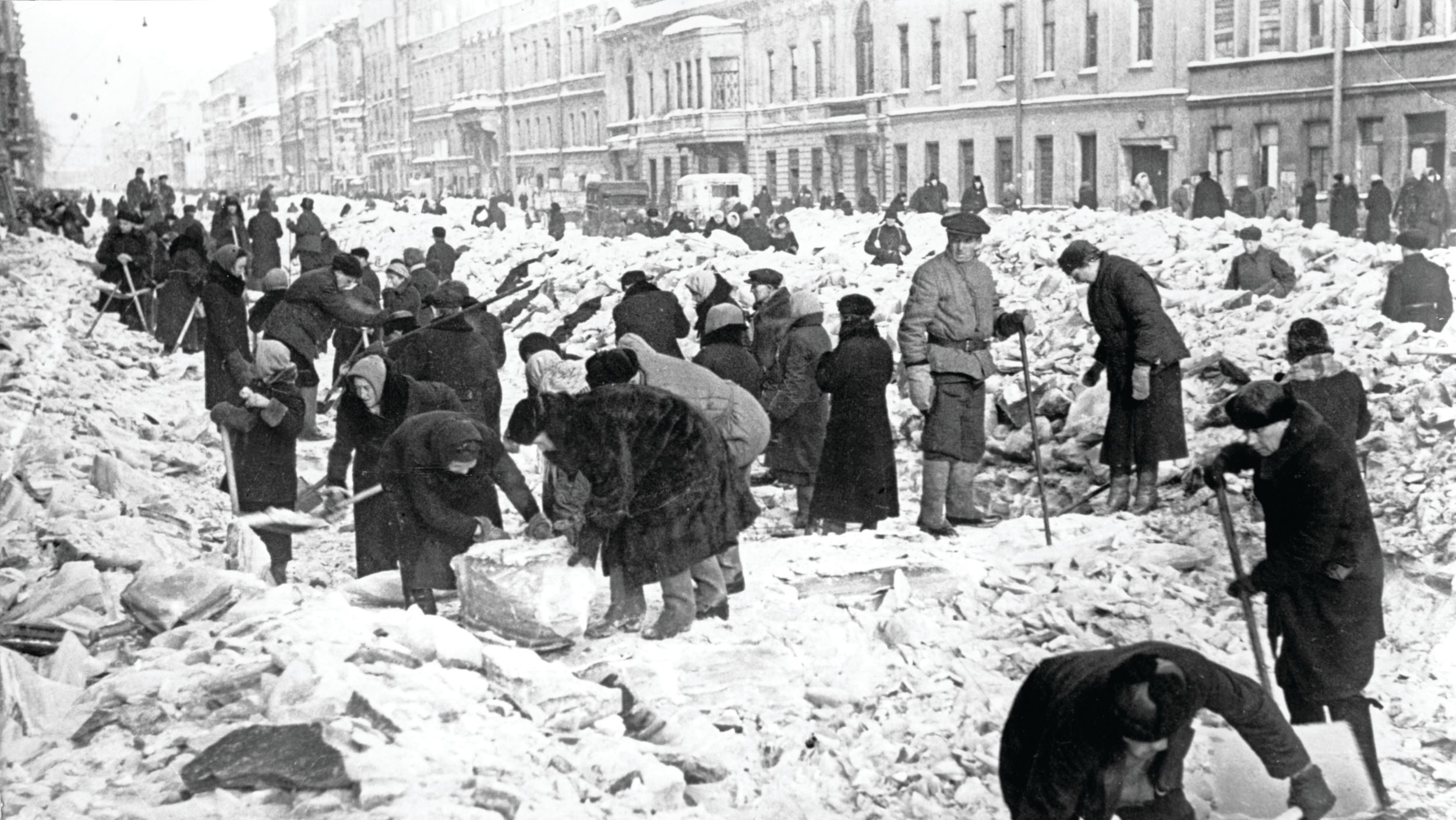
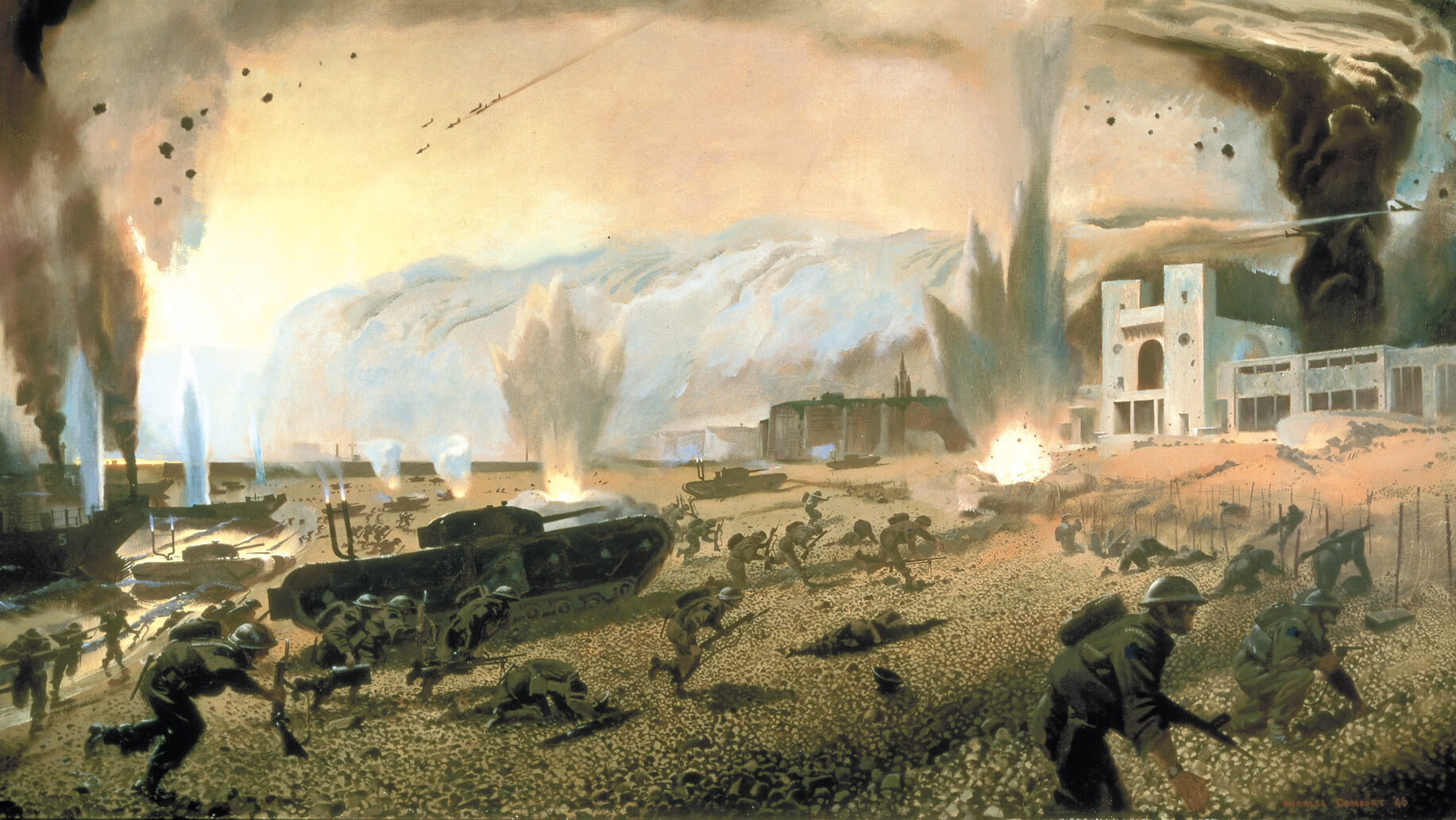
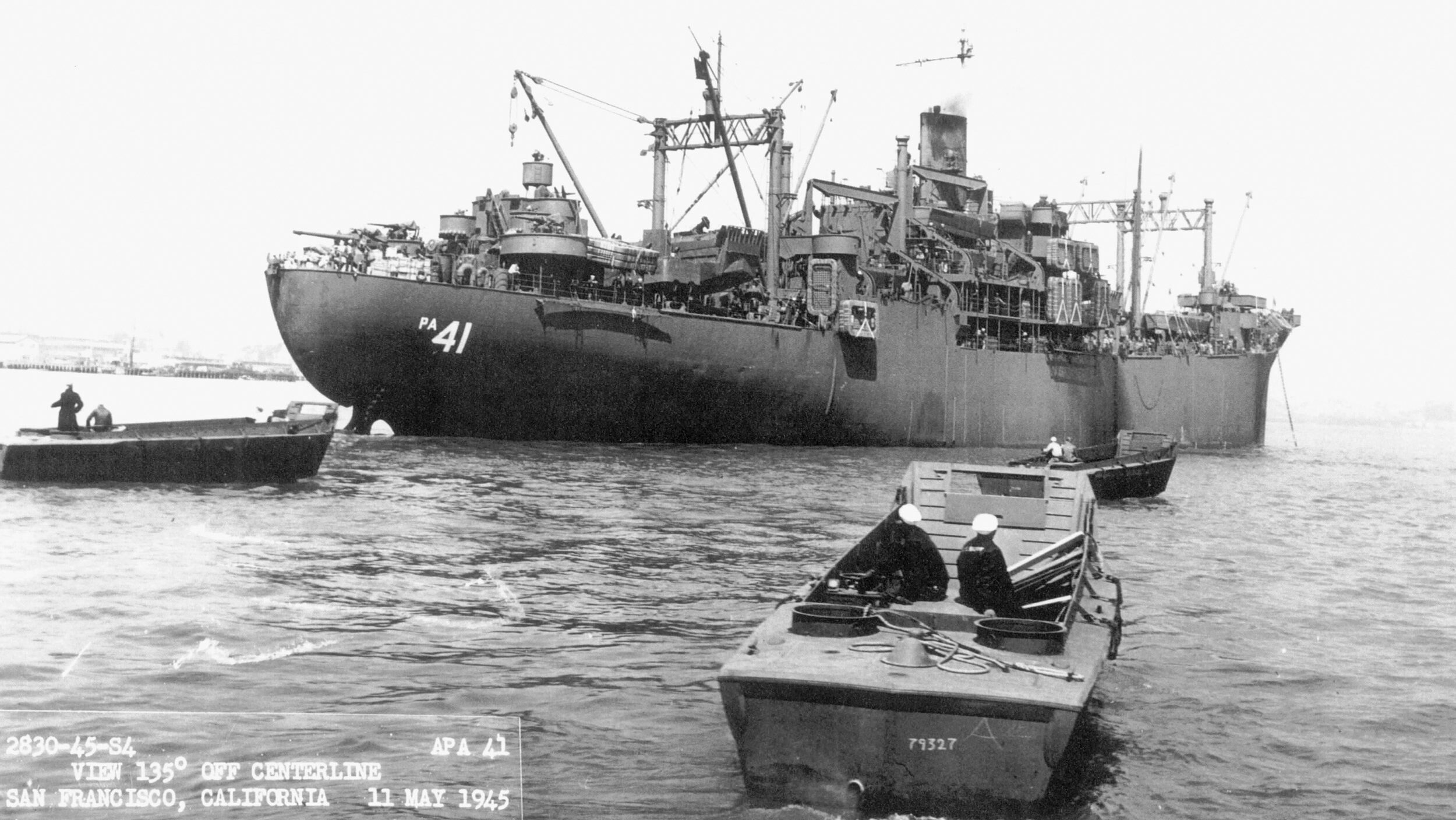
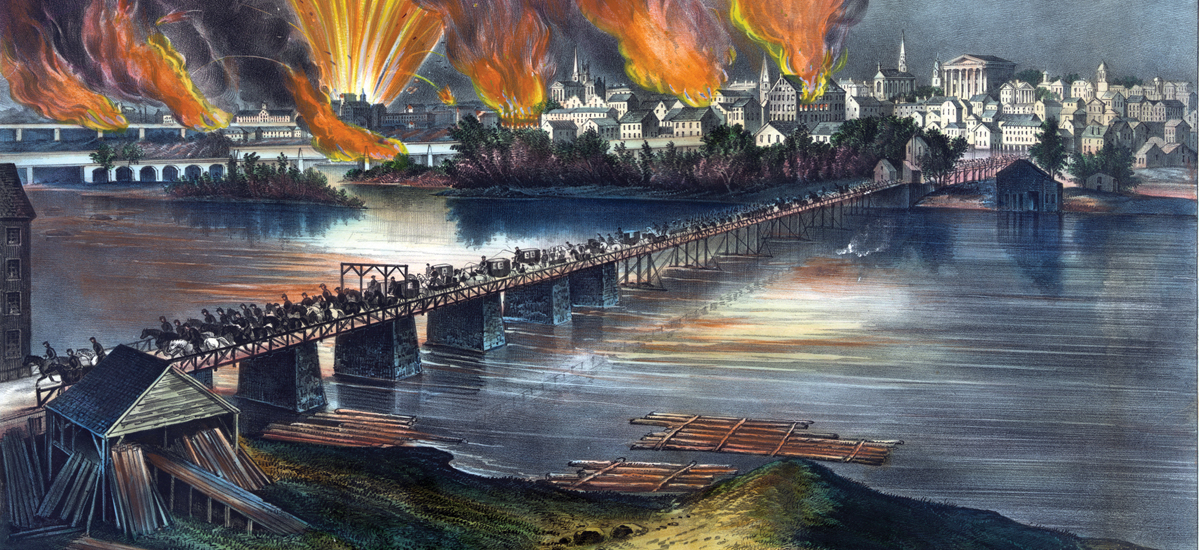
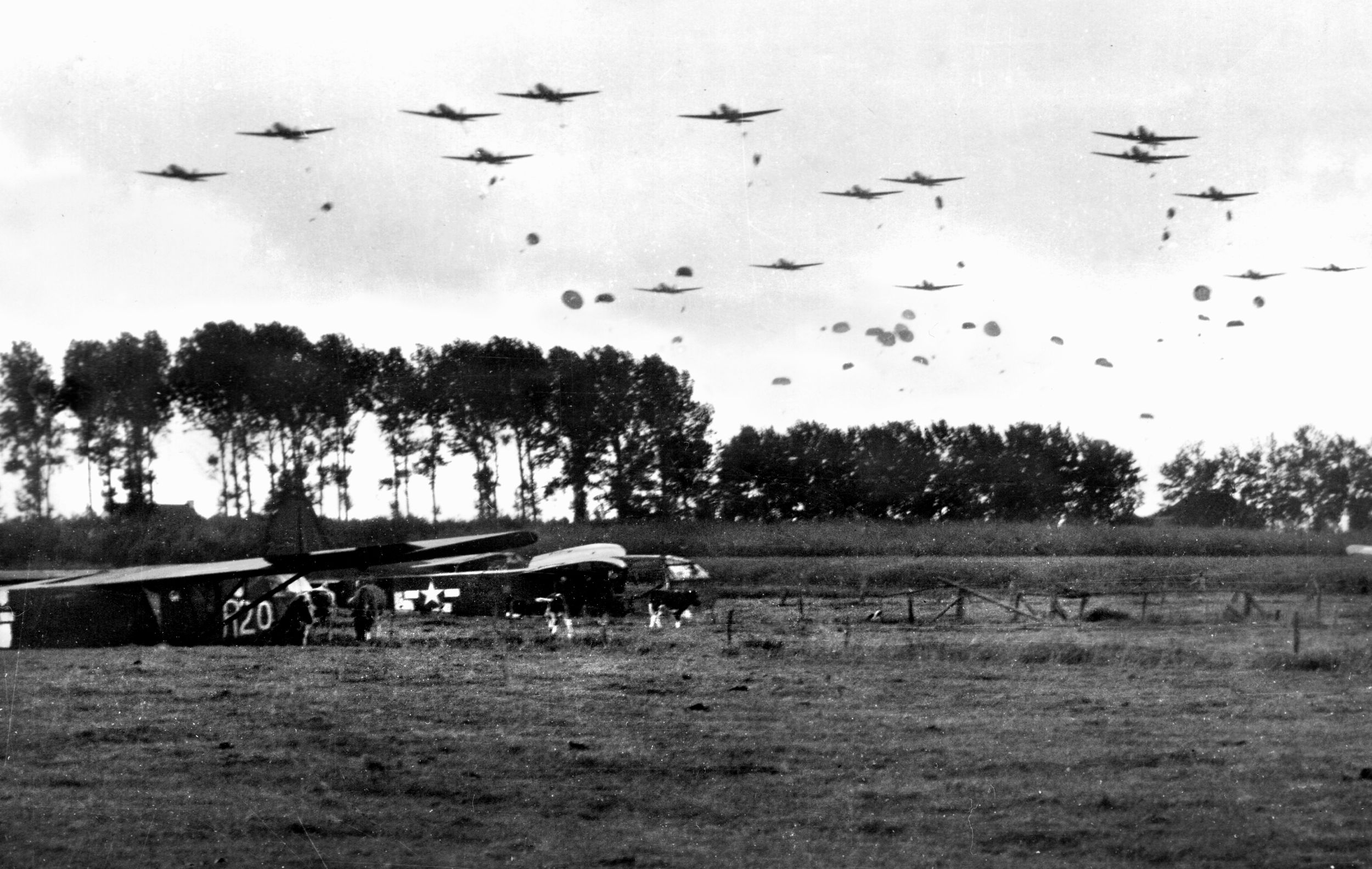
Join The Conversation
Comments
View All Comments